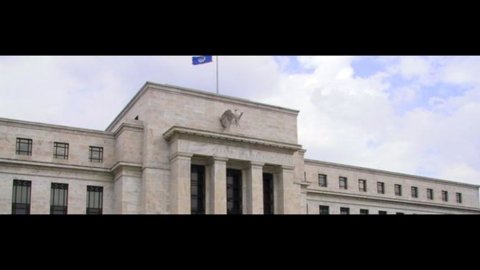The time has come to get over it: the Fed could raise interest rates. Indeed, the GDP data and the opposition of the president of the Philadelphia Federal Reserve Charles Plosseraa maintaining loose monetary policy for too long it seems get closer to the time when the Fed will raise interest rates of reference (still at 0,25% for almost six years). The Federal Reserve, however, will announce its decision well in advance, as indicated by the minutes of the last meeting of the Federal Open Market Committee, which was held at the end of July. And that were disclosed yesterday.
From contract quotes futures it is understood that the market anticipates a increase of 25 basis points not before June / July 2015. However, if the labor market continues to perform better than expected, the gradual increase in interest rates it could happen sooner. If that happens, i bond prices they should suffer (due to the inverse relationship between yields and bond prices). It is for this reason that, for some months now, many operators have been changing the composition of their portfolios, lowering the duration (as we did too).
But if rates are set to rise, than they can?
Nobody knows exactly, but there are also those who believe that any increase in interest rates is limited, because there are ongoing structural phenomena that limit its ascent: for example the phenomenon ofexcess savings (saving gluten). For the first time, he talked about it Bernanke in 2005 and recently the International Monetary Fund reaffirmed its importance, citing it as one of the determining factors in the progressive decline in interest rates that the world has experienced since 1980 to the present.
Indeed, according to IMF forecasts, theexcess saving (relative to investment) globally is likely to remain so for many years to come. Under these conditions, the world of managed savings should continue to increase its management mass, funded by one aging population (with a greater propensity to save) in Developed Countries and from a income increase of emerging countries.
Although bond yields may seem excessively low today, if in the bond landscape this phenomenon of excess savings with respect to the investment needs of governments and companies (which on the contrary are penalized by access to debt) predominated, the gradual increase in rates could have a limited impact on government and corporate bonds.





